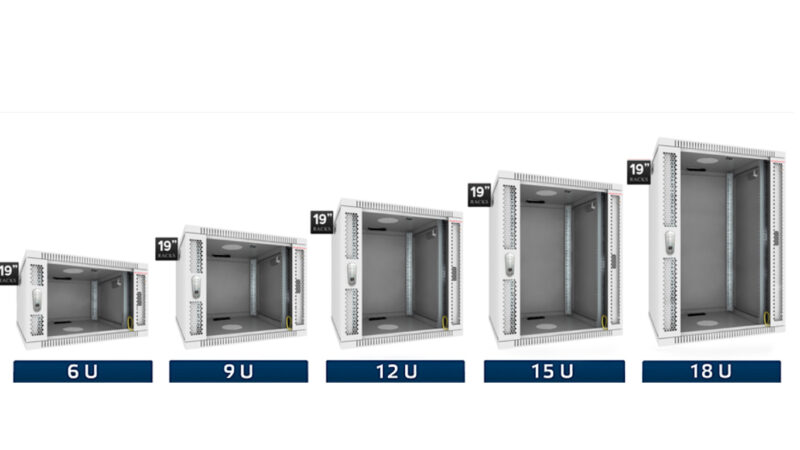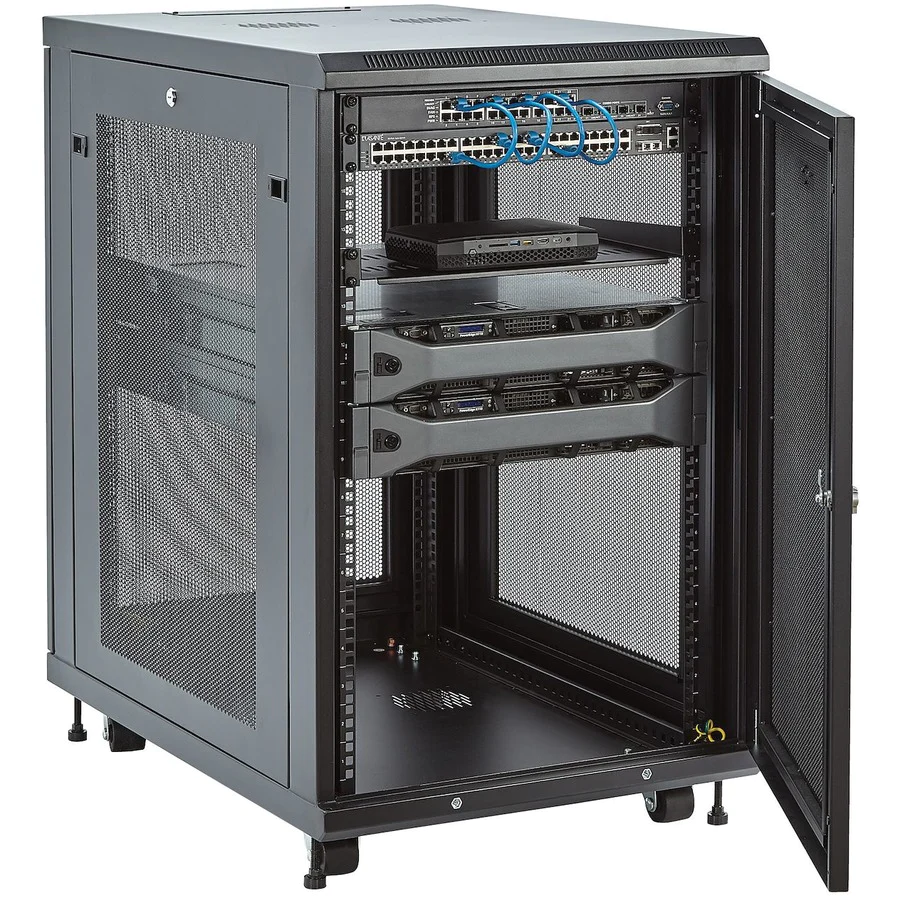Data centers are a common infrastructure for any enterprise, company, or factory. They serve as computing centers for multiple tasks, which is why they are commonly called the “heart” or “brain” of IT infrastructure.
Still, furniture is required to accommodate thousands of equipment pieces. Multi-layer metal constructions are used for ergonomic and compact storage of network hardware. Since systems can comprise different numbers of components (from a dozen up to several thousand), furniture of different sizes is offered on the modern market.
It is highly important to pick a cabinet or rack of the proper size since it can eliminate multiple problems and expenses in the future. Thus, technicians must consider dimensions attentively, paying particular attention to the height. Below, we’re going to consider server rack U sizes more precisely.
Page Contents
“U” Dimension in System Administration
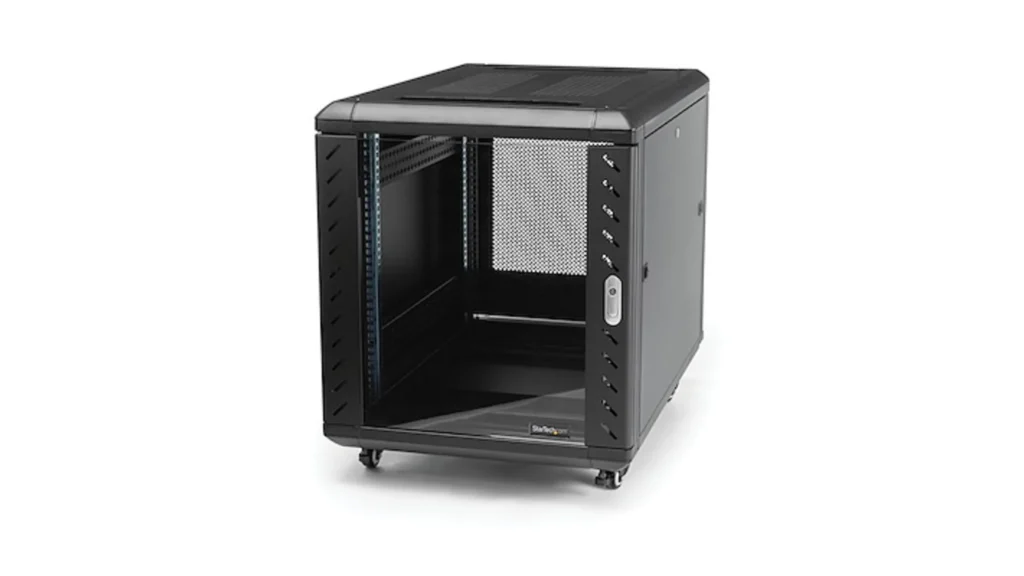
You’ve probably noticed this letter when looking through server furniture models. The U size in server racks stands for determining their height. It is a standardized dimension accepted worldwide to unify the parameter and simplify designations for furniture in DCs around the world. Thus, 1U stands for 1,75 inches and is equal to the size of one server. That is, by studying this parameter, you can understand how many servers the rack can accommodate. For non-standard (smaller or bigger) devices, calculations are required.
Significance of U Sizes
The importance of choosing rack U sizes is determined by the next features:
- Proper cooling is guaranteed. Enough space is left for the airflow. If air circulation is hindered, equipment will overheat quickly.
- Cables are routed compactly and ergonomically. Cabinets provide enough space to lay wires and connect system units.
- Ergonomic placement of different types of hardware. Multi-layer constructions allow for placing different types of devices.
- Cost-effectiveness regarding future upgrades. Buying a spacious cabinet eliminates the need to rebuy another model when the system needs improvements and adding new components.
Thus, choosing the best models in accordance with a server rack size chart eliminates many problems and extra expenses in the future, as well as prolongs system functioning without malfunction or downtime.
Standard U Sizes
The variety of models is huge. Modern producers offer a wide range of products from small 1U racks for desktop installation up to huge 48U cabinets that are capable of housing several hundred hardware pieces.
Yet, average-size models are common. Standard U sizes include 12U, 15U rack, and up to 22U models. These furniture pieces are optimal for the allocation of a standard network system. These models take an overwhelming part of the rack mount size chart since most technicians prefer them. The popularity of such models is due to the following peculiarities:
- both wall-mount and floor-standing models are provided;
- high portability so they can be relocated easily;
- perfect for accommodating mid-sized systems;
- have all the needed tech holes.
Using Server Racks
To be capable of correct hardware arrangement inside the cabinet is also important since the skill helps prevent hardware failure, damage, and malfunction. Note that it is vital for the IT system to guarantee loose placement. If components are placed too tightly, it will lead to quick overheating since each device emits heat during operation. Heat exchange will be observed, which will inevitably result in overheating, downtime, and extra expenses.
Moreover, organizing cables neatly within the server rack is crucial for maintaining airflow and accessibility. Effective cable management not only enhances cooling but also simplifies troubleshooting and upgrades, saving valuable time and resources. Proper labeling of components, regular maintenance, and monitoring equipment health contribute to a robust server rack management strategy, ensuring optimal performance and minimizing downtime. In conclusion, meticulous attention to server rack organization and maintenance is a fundamental aspect of IT infrastructure management.
Tips for Choosing a Server Rack
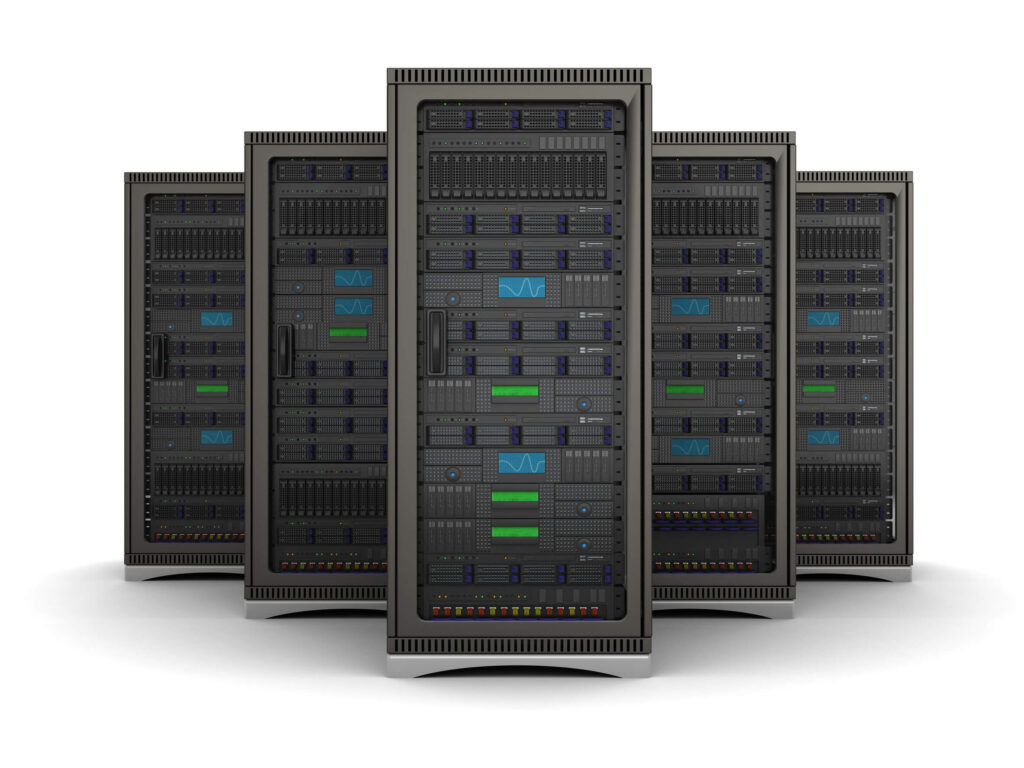
Now, let’s proceed to a server rack size guide that will help find the right solution for your needs. Take into account the next points when selecting proper models:
- Calculate the number of servers.
- Measure all non-standard devices and calculate how much space is required for their accommodation.
- Leave a quarter of space for future upgrades.
It is recommended to design a 3D layout. Such a visualization will help to assess whether all devices are placed correctly and eliminate mistakes. You’ll be able to test how the airflow circulates and whether the space is enough for cable routing, etc. Layouts are helpful for trying U size examples and identifying the best one for your system.
Network VS. Server Rack: Comparison
You should probably know that there are server and network racks. However, do you know the difference between them? Here’s a clear network rack comparison:
- As it becomes clear from its name, network racks are used for storing network equipment (these are switches, cable, patch panels, routers, etc.), while server racks are designed to accommodate different types of passive and active hardware, that is servers, PCs, etc., including network devices.
- Both models differ in depth. Network models are narrower since the equipment is less space-consuming, while server cabinets are deeper due to the need to house bulky hardware.
- Products have different constructions. Server cabinets are usually reinforced with metal doors and walls, while network models have polycarbonate or glass doors only.
- No body perforation is required for network cabinets since equipment emits little heat, while the issue of cooling and perforation are vital for server models.
U size innovations are constantly integrated to improve the functionality and ergonomics of furniture for IT infrastructure.
Charts & Diagrams
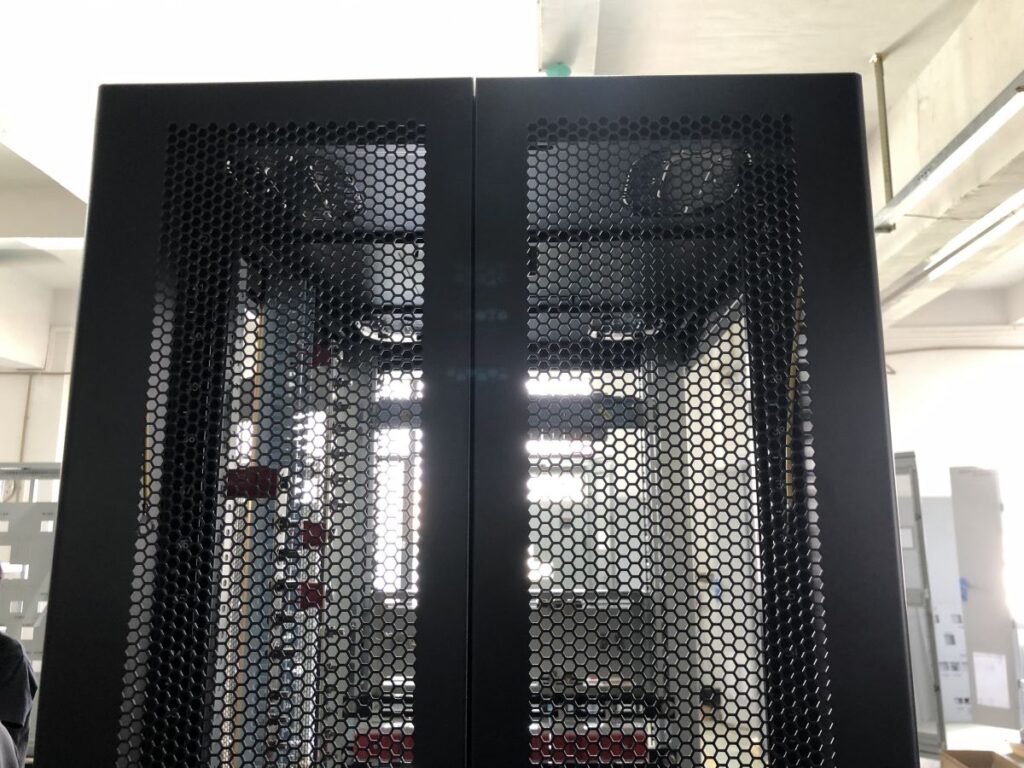
Here, you can observe the network rack size chart. The rack size graphics are used to determine the best option and find the most popular models:
| The number of Us | Height, inch | Width, inch | Depth, inch |
| 6U | 14.5 | 23.6 | 17.7-23.6 |
| 9U | 19.7 | 23.6 | 17.7 |
| 12U | 25 | 23.6 | 23.6 |
| 18U | 38.9 | 23.6 | 23.6 |
| 22U | 45.9 | 23.6 | 23.6 |
| 32U | 63.4 | 23.6 | 23.6 |
| 42U | 80.9 | 23.6 | 23.6 – 39.3 |
The future of U sizes tends to grow. Large cabinets are in high demand for huge DCs. Since the number of local or global DCs rises regularly, the need for furniture won’t cease.
